Photos: Newfound dinosaur had tiny arms, just like T. rex
Joining the club
Despite its razor-sharp teeth and impressive bite force, Tyrannosaurus rex is largely mocked for its tiny arms. Now, a new finding shows that T. rex was in good company. The discovery of a newly identified species of allosaurid, a type of medium-to-large carnivorous dinosaur, in Patagonia shows that it, too, had small arms. This suggests that evolutionary forces at the time favored small arms, explaining this display of convergent evolution — when two species develop the same characteristics independently of one another. [Read the Full Story About the Tiny-Armed Allosaurid]
Tiny-armed menace
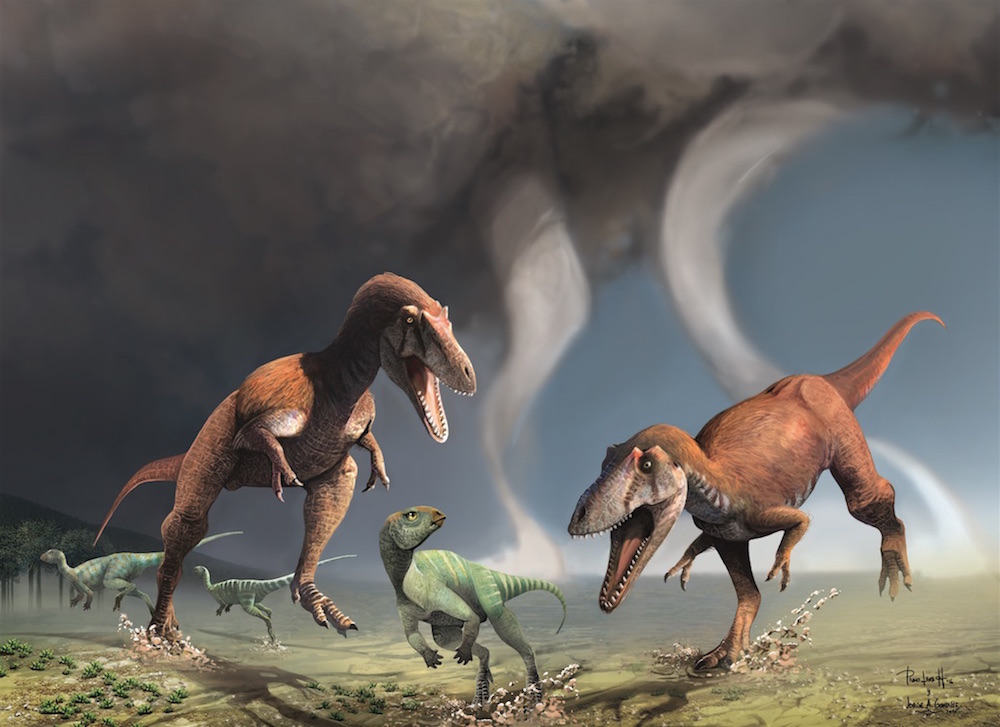
Like T. rex, Gualicho shinyae had two clawed fingers at the end of its small arms. Also like T. rex, the newfound dinosaur likely would have preyed on smaller animals, as seen here.
Patagonian find
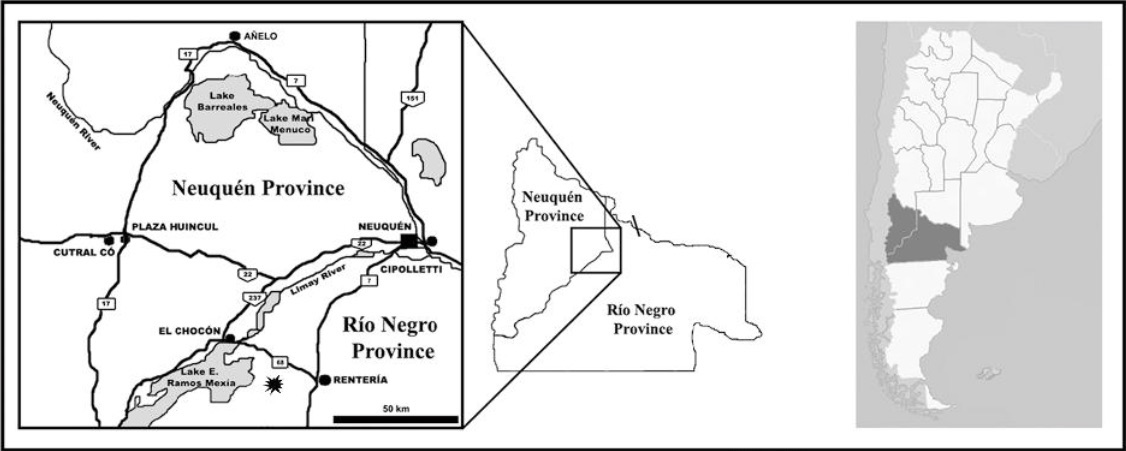
The researchers excavated Gualicho shinyae in Patagonia in the Huincul Formation, which is located in the Neuquén Province.
Fossil Finding
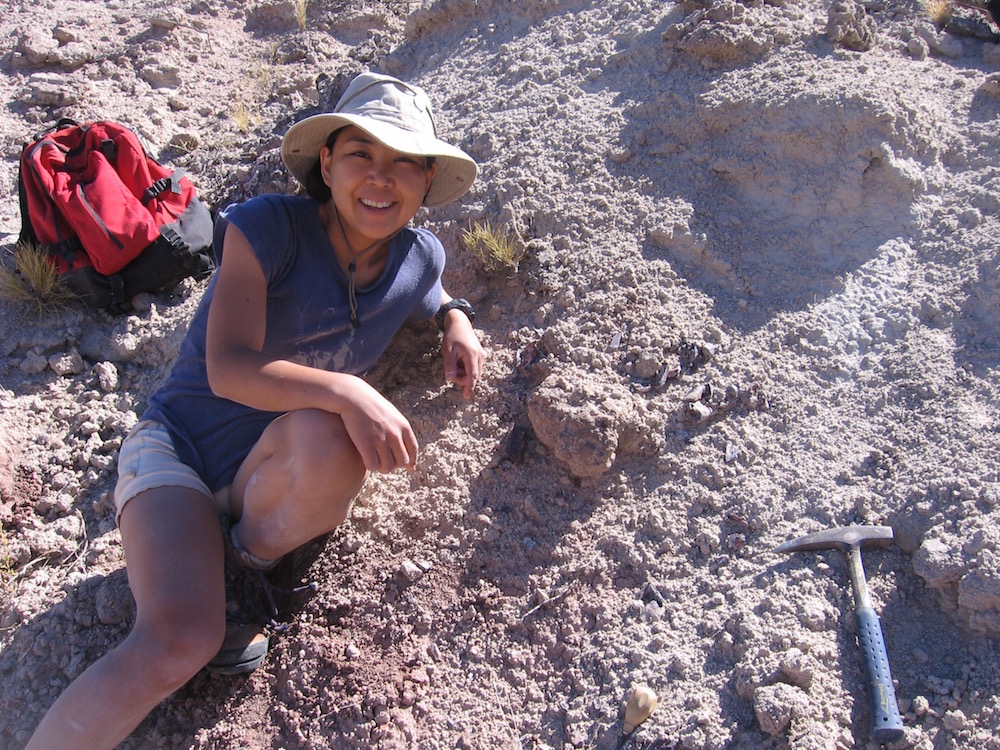
Akiko Shinya, chief fossil preparatory at the Field Museum in Chicago, sits next to the new dinosaur (Gualicho shinyae) that is named, in part, after her.
Truck trouble
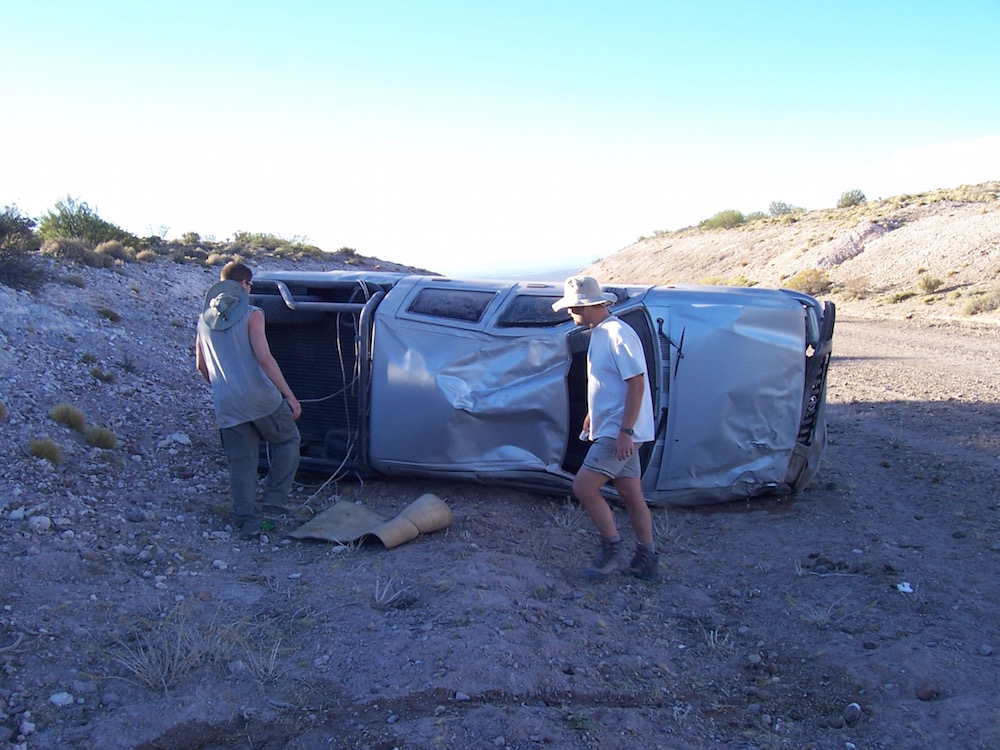
The new dinosaur's generic name, Gualicho, honors Gualichu, a spirit from Patagonia's Tehuelche people. The team joked that Gualichu had cursed them with bad luck, especially when their truck rolled over (everyone was OK, except for a few cuts and bruises).
Bone count
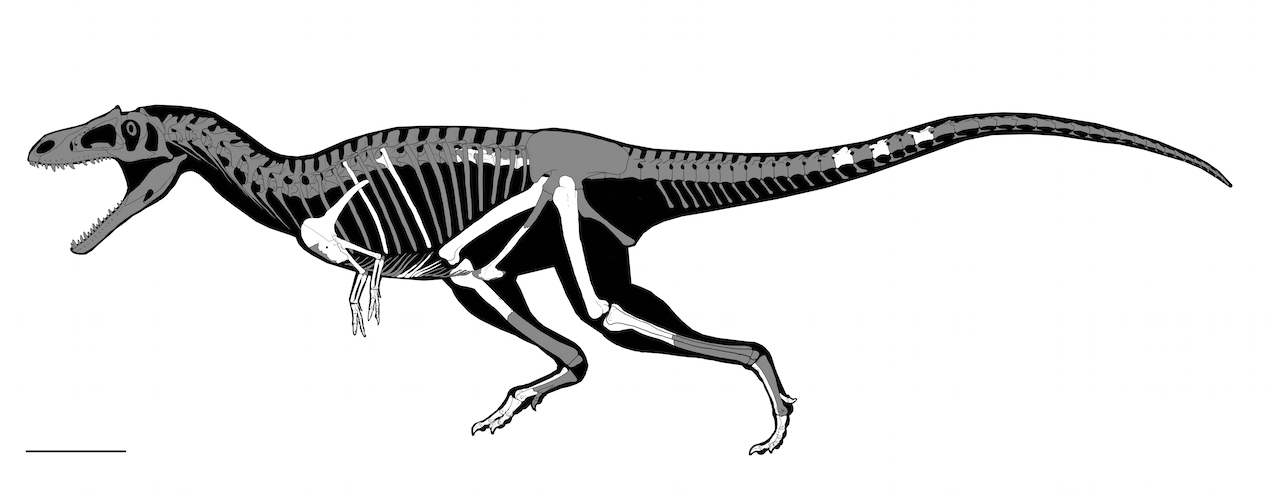
A schematic showing the excavated bones of Gualicho shinyae.
Foot bones
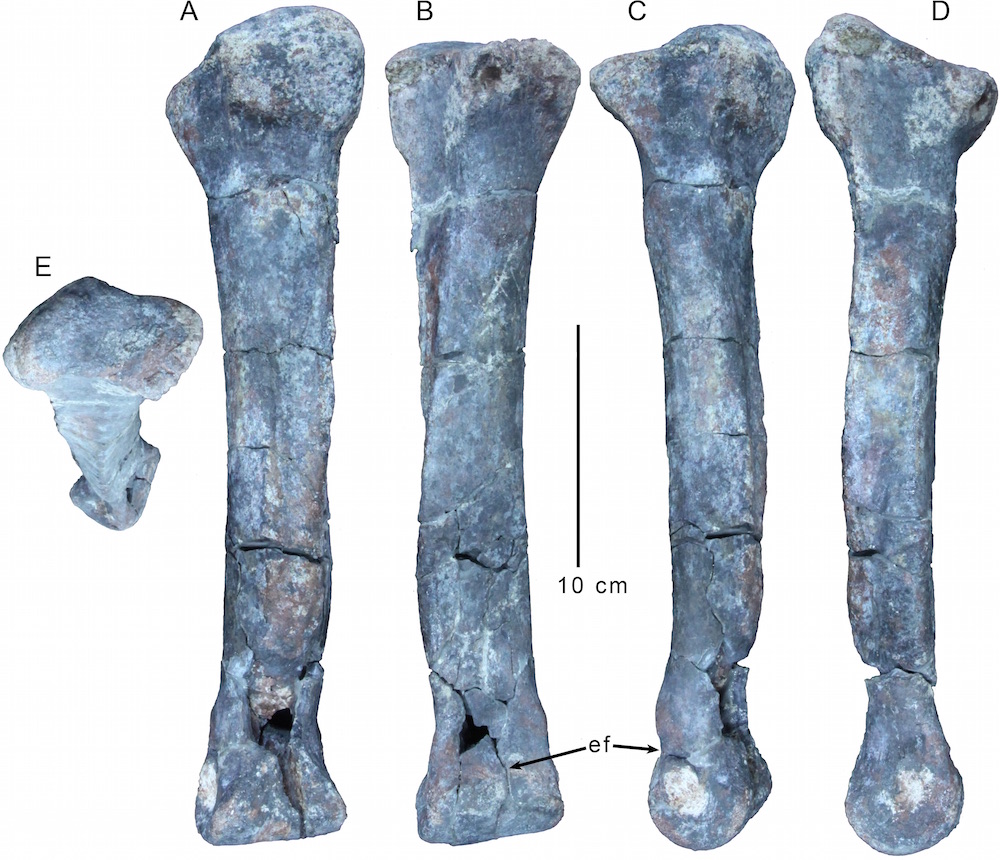
The left third metatarsal (foot bone) of Gualicho shinyae, shown from different angles.
Sign up for the Live Science daily newsletter now
Get the world’s most fascinating discoveries delivered straight to your inbox.
Neck bones
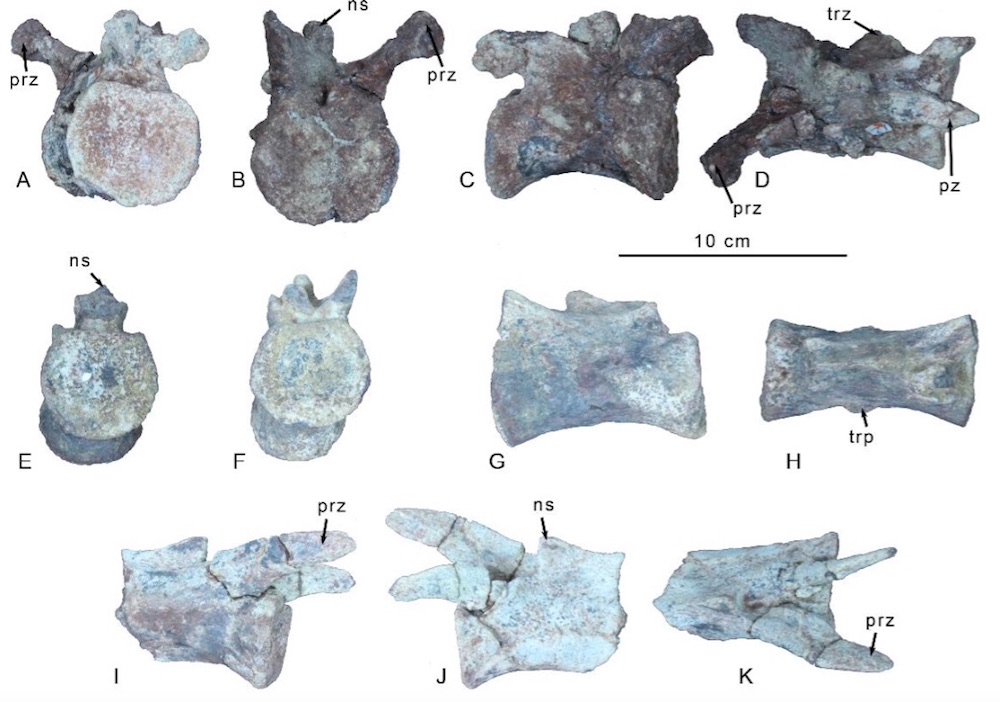
The excavated caudal vertebrae (neck bones) of Gualicho shinyae. The front-most of the three discovered caudals is shown from different angles in A, B, C and D. The middle of the three caudals is shown in E, F, G and H. The lattermost of the three caudals is shown in I, J and K. [Read the Full Story About the Tiny-Armed Allosaurid]

Laura is the archaeology and Life's Little Mysteries editor at Live Science. She also reports on general science, including paleontology. Her work has appeared in The New York Times, Scholastic, Popular Science and Spectrum, a site on autism research. She has won multiple awards from the Society of Professional Journalists and the Washington Newspaper Publishers Association for her reporting at a weekly newspaper near Seattle. Laura holds a bachelor's degree in English literature and psychology from Washington University in St. Louis and a master's degree in science writing from NYU.









